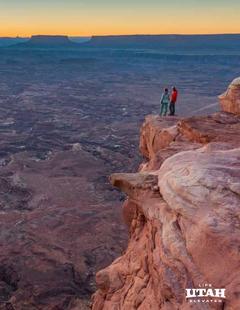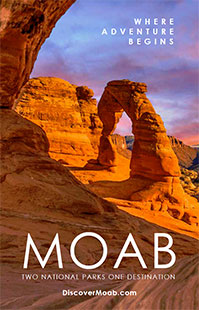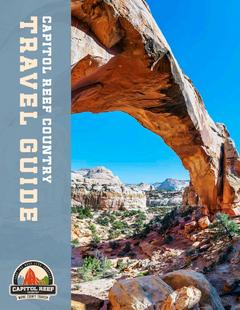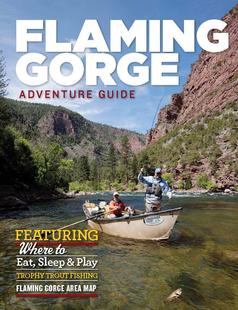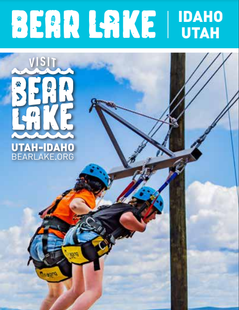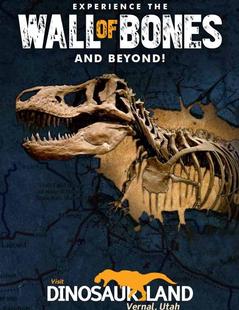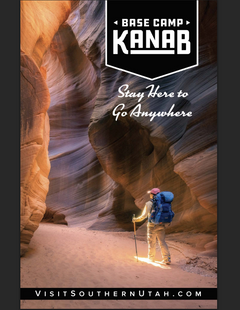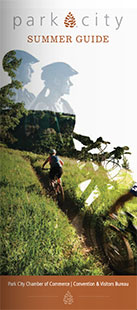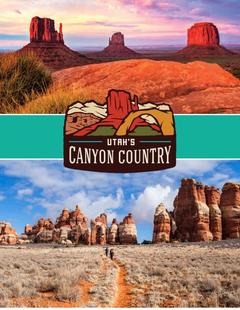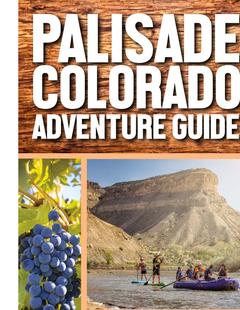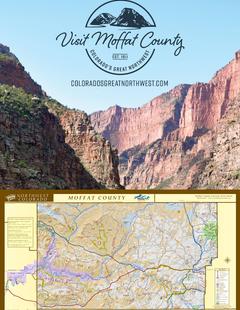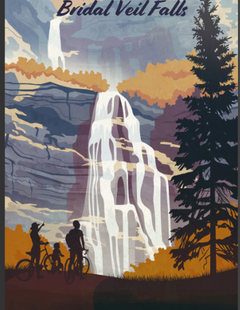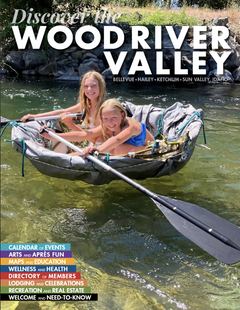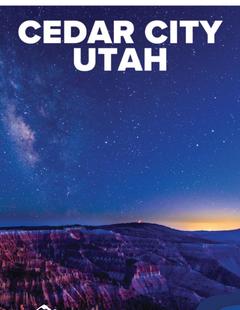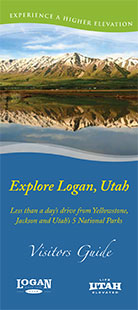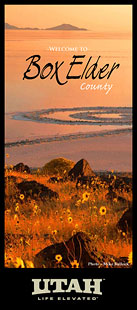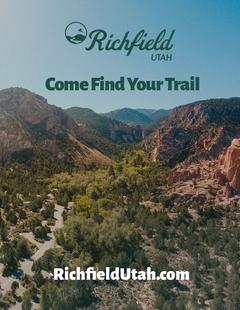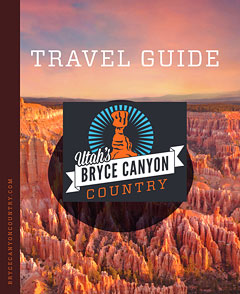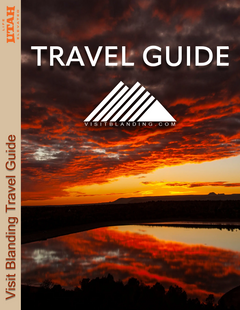Basics
- Location:
- Near Moab
- Length:
- 4.8 miles (round trip)
- Difficulty:
- Intermediate
- Time:
- 4 1/2 hours
- Elevation Change:
- 2362 feet
- Season:
- Midsummer through mid-fall.
Description
Details
Location:
Length:
Difficulty:
Time:
Elevation Change:
Season:
Additional Details:
You will start by walking northward through the open meadow in front of the parking area along an old jeep road. After a few hundred yards the jeep road bends to the left and then heads north again through a grove of spruce trees. The road stays in the trees for 0.2 mile and then emerges once more into another meadow. At this point you are at the foot of the secondary ridge which you must climb in order to reach the summit ridge. There is a vague trail leaving the jeep road and heading into the trees at the foot of the ridge, but the trail is difficult to find. Instead of wasting time looking for it just continue walking northward along the jeep road. The road follows the eastern side of the ridge for another 0.4 mile before it ends. When the road ends simply turn west and start climbing until you reach the crest of the ridge. The crest of the ridge is about 500 feet above the road at this point. It is a tiring climb, but at least there are no trees to hinder your progress.
When you reach the top of the secondary ridge you will find a trail that climbs along its crest to the summit ridge above. The route is very steep, but there are few obstacles. The trail finally reaches the Peale-Tukuhnikivatz summit ridge about 0.5 mile east of Mount Tukuhnikivatz, where once again you will be on relatively level ground. What a relief! The elevation is just over 12,000 feet, and the ground is covered with the grasses, mosses, and wild flowers of the Arctic-Alpine Tundra life zone. This area is part of the Mount Peale Research Natural Area, an area that was established in the 1980s to protect several species of endangered plants that occupy the above-treeline slopes of the La Sals. Try to tread gently across the tundra-especially if you are in a large group.
The route to the top of Mount Tukuhnikivatz from the summit ridge is quite obvious. Walking westward the grade soon increases, and the pleasant carpet of plant life is replaced by a tortuous field of broken stones. There is no trail-just a lung busting climb up the last few hundred feet to the top of the talus covered peak.
From the top a large swath of some of the most interesting terrain in Utah is clearly visible. To the north, in Arches National Park, the Courthouse Towers rise dramatically from the desert floor like tombstones in a cemetery for giants. The Behind the Rocks area west of Moab is also clearly discernible, and the Colorado River Gorge that separates the Needles District from the rest of Canyonlands National Park meanders darkly through the maze of canyons, buttes, and mesas, patiently looking for Lake Powell.














